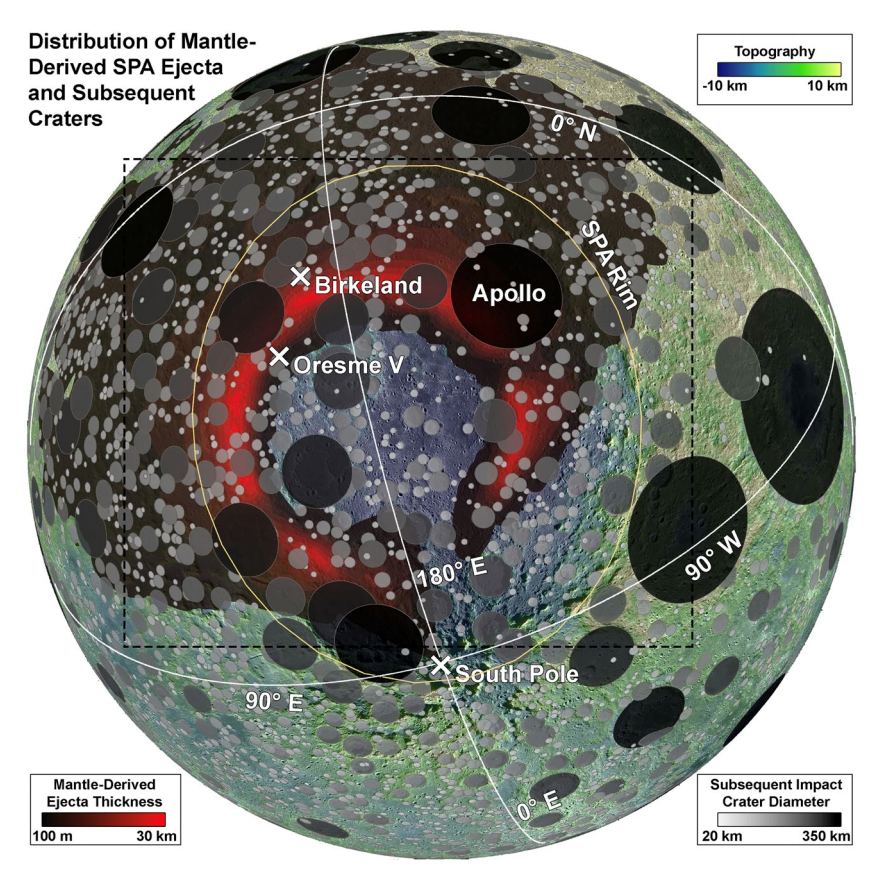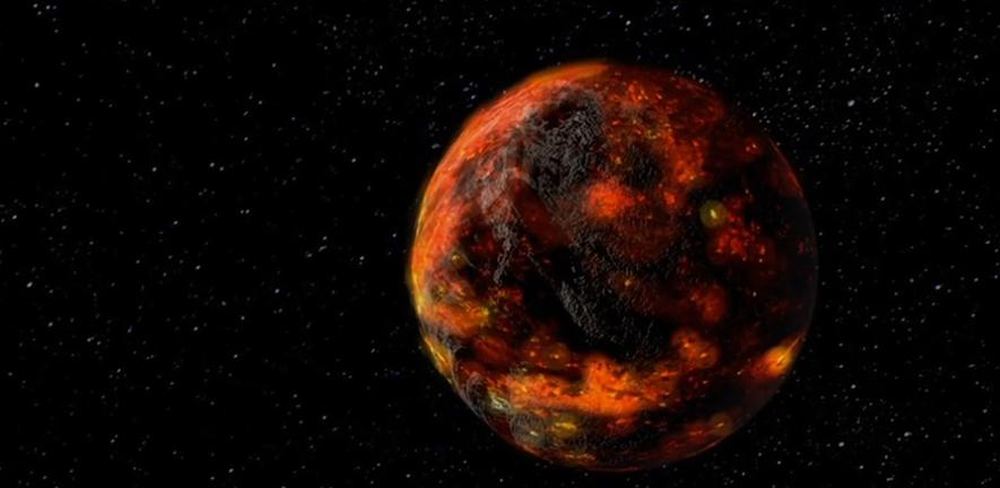The Moon’s pock-marked surface tells the story of its history. It’s marked by over 9,000 impact craters, according to the International Astronomical Union (IAU.) The largest ones are called impact basins, not craters. According to a new study, asteroids didn’t create the basins; leftover planetesimals did.
Continue reading “Asteroids Didn’t Create the Moon’s Largest Craters. Left-Over Planetesimals Did”Asteroids Didn’t Create the Moon’s Largest Craters. Left-Over Planetesimals Did


